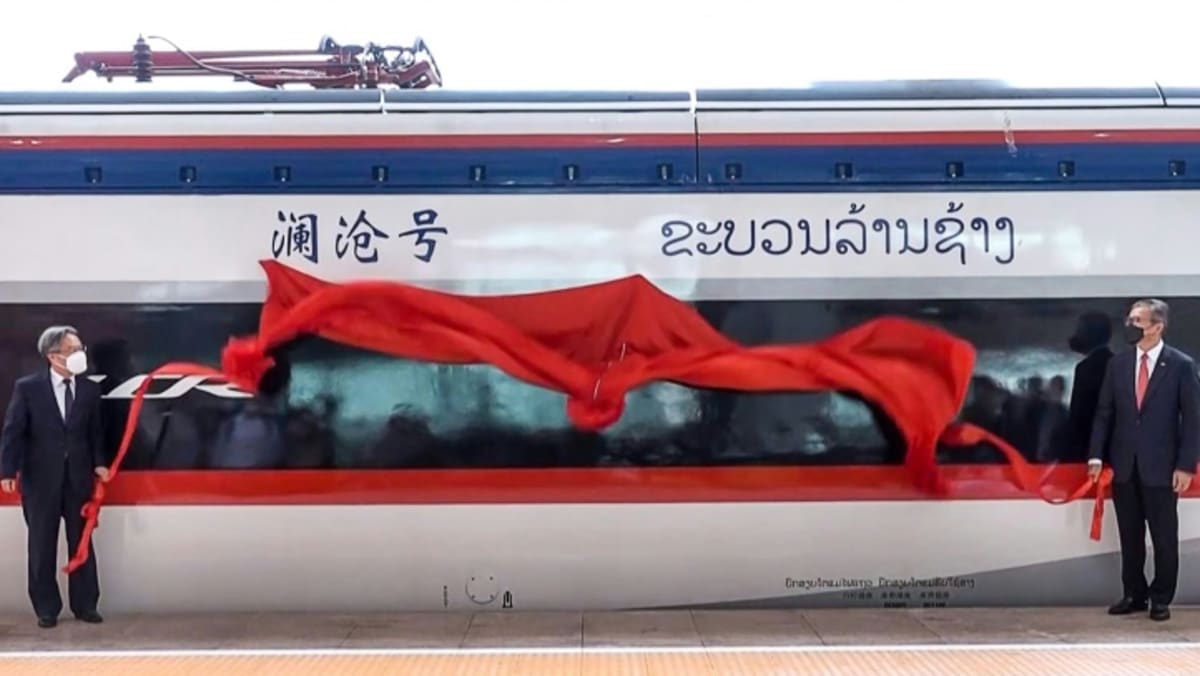Laos, the only land-locked country in ASEAN, has already benefited significantly since the railway began operations.
Last year, tourist arrivals in the country increased more than 30 per cent to 4 million.
The Thanaleng Dry Port, which was the first international inland port in Laos, began operations in tandem with the railway launch.
Since then, it has handled more than 200,000 twenty-foot equivalent units (TEUs) – a general unit of cargo capacity that represents the space occupied by a standard 20-foot shipping container.
Last year, the volume of TEUs it handled grew by 30 per cent from 2023.
Shipments passing through Thanaleng are bound not only for China but also markets in the Middle East, Central Asia, and Europe.
A notable technical challenge at the port is the difference in rail gauges between Laos and Thailand.
Laos’ rail system, built by China, uses a standard gauge, while Thailand and Malaysia use a metre gauge. This means cargo arriving at Thanaleng must be transferred to another train continue its journey.
On average, it takes about two to three minutes to move a single container box.
In rail transport, track gauge refers to the distance between the two rails of a railway track. Several different track gauges exist worldwide, presenting a barrier to wider seamless operation on rail networks.
Nevertheless, Thanaleng Dry Port’s managing director Sakhone Philangam told CNA the gauge change is manageable.
“This location is ideal for consolidation (of goods). For example, you cannot (always) match the timing, (if) there is a delay in connection, we can always store your container here safely,” he said.
(Except for the headline, this story has not been edited by PostX News and is published from a syndicated feed.)

